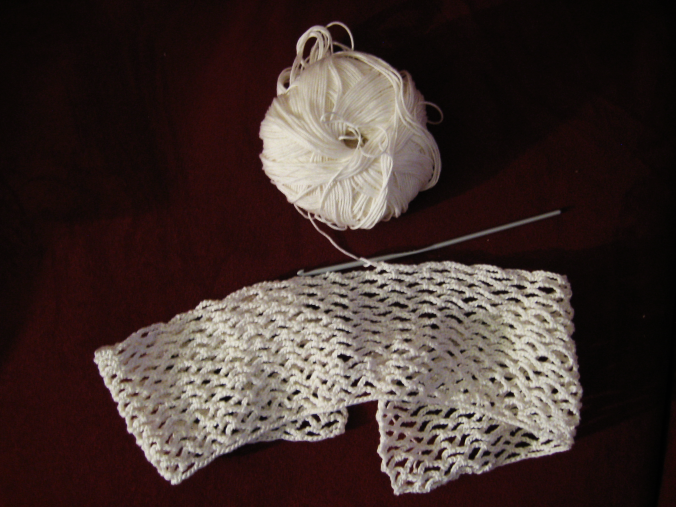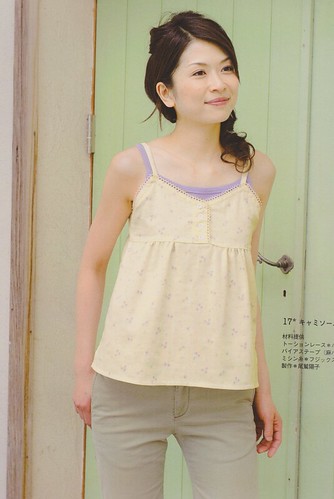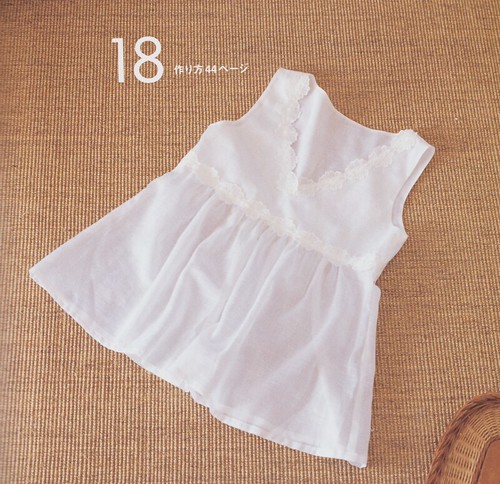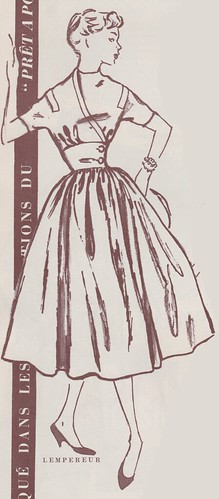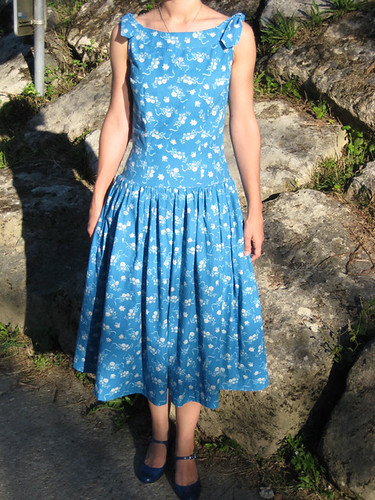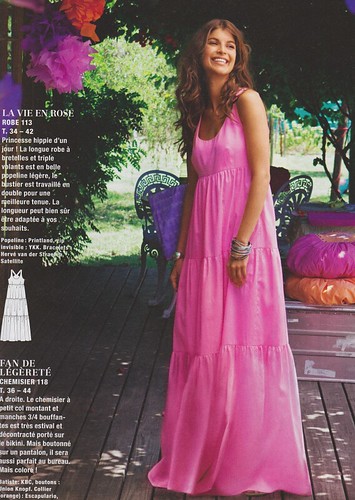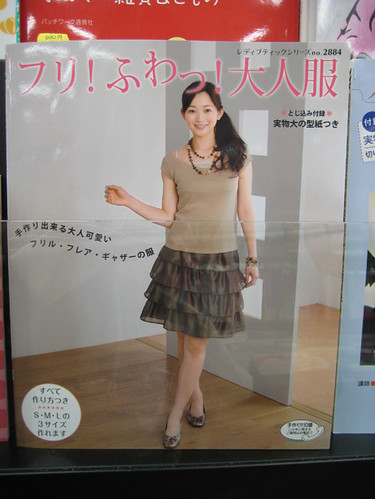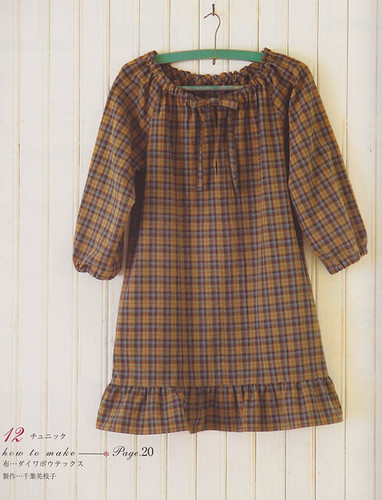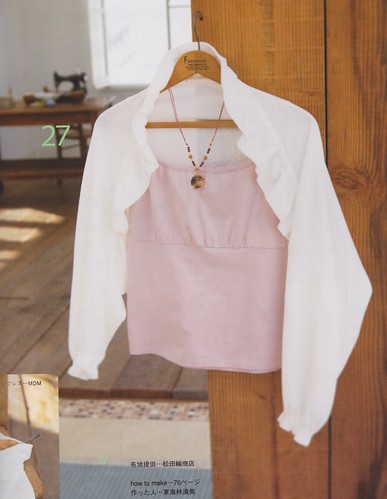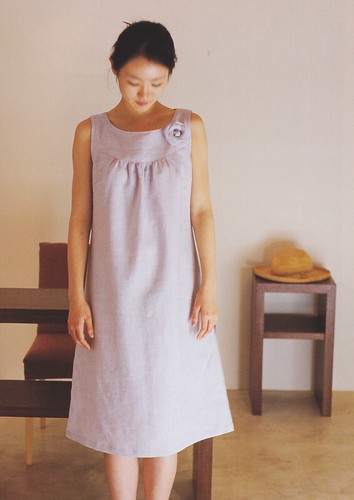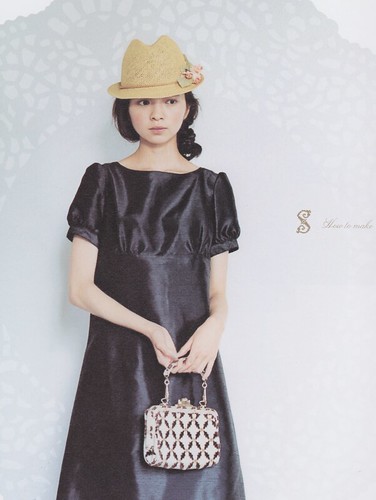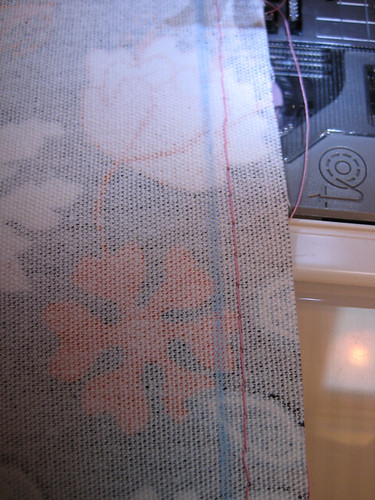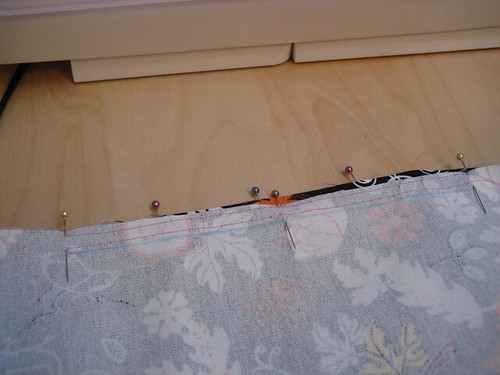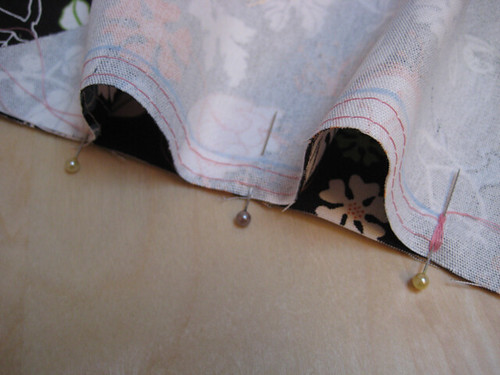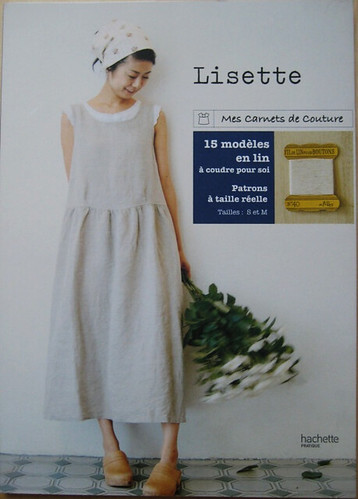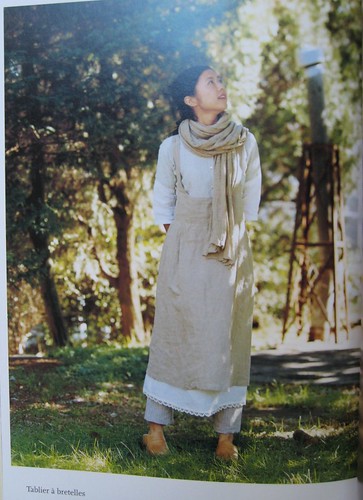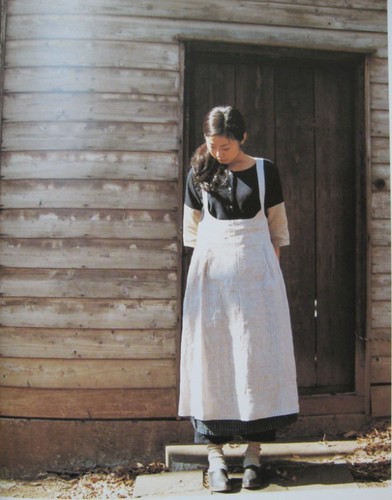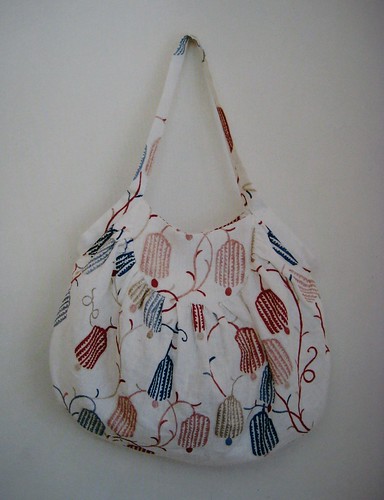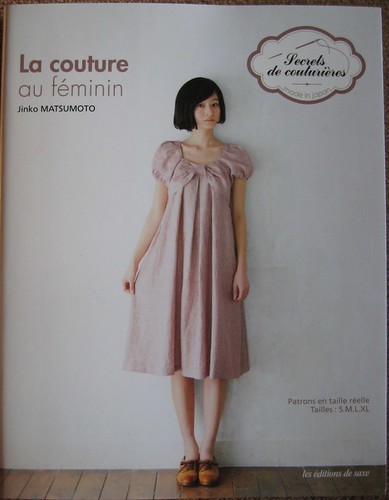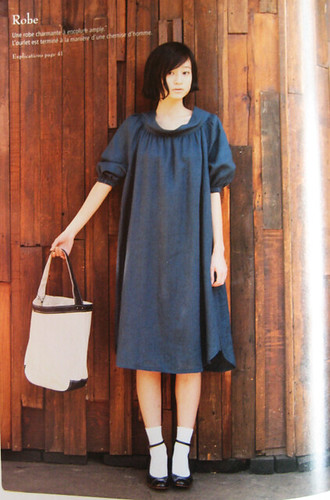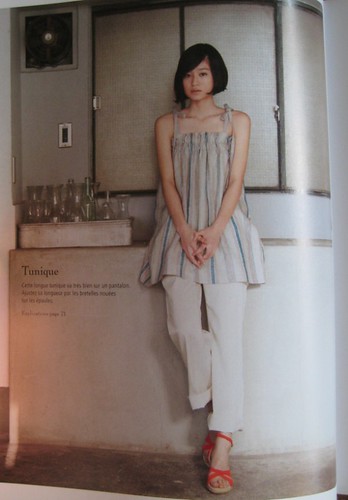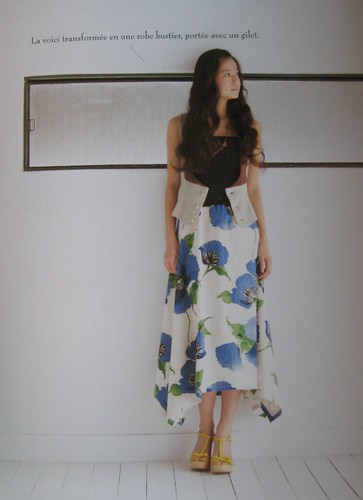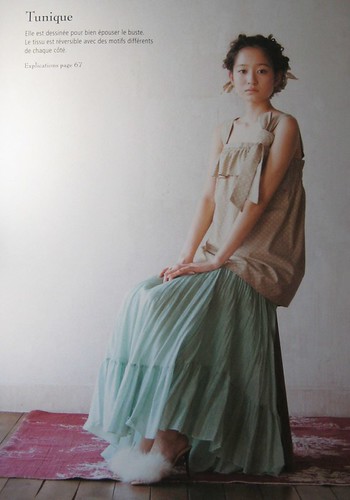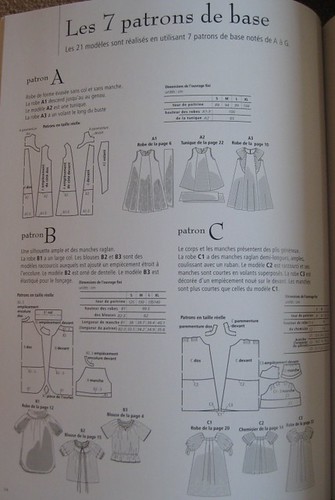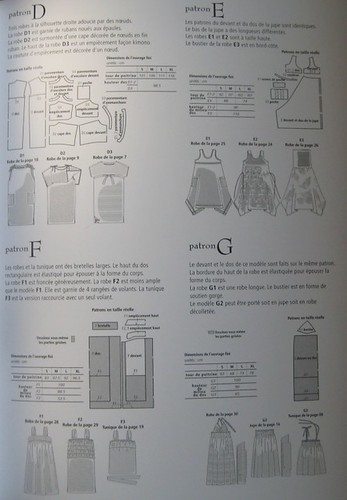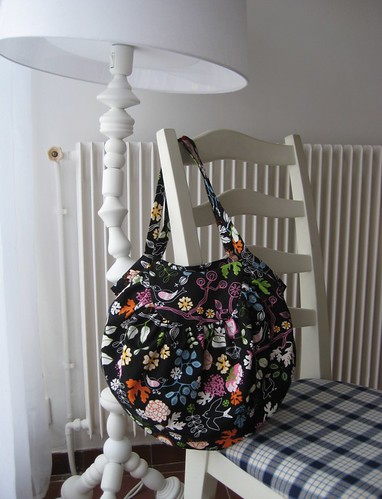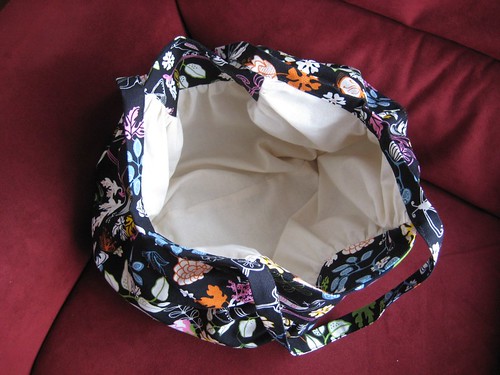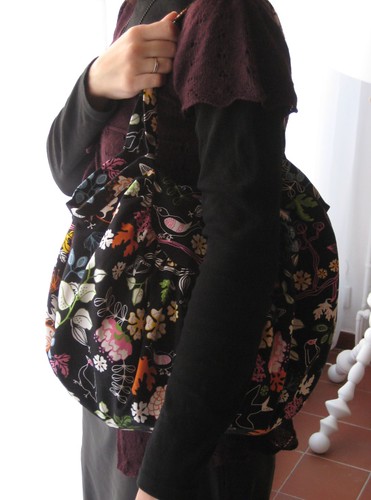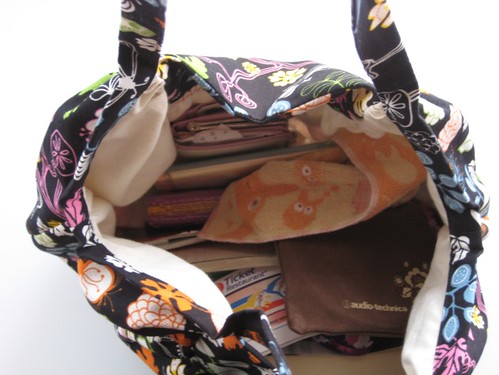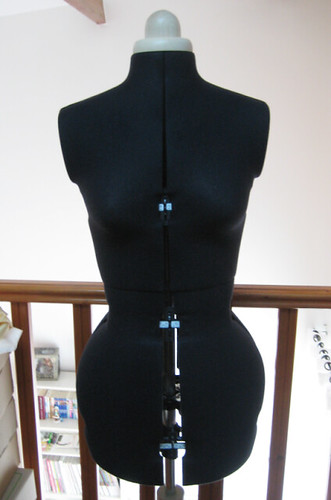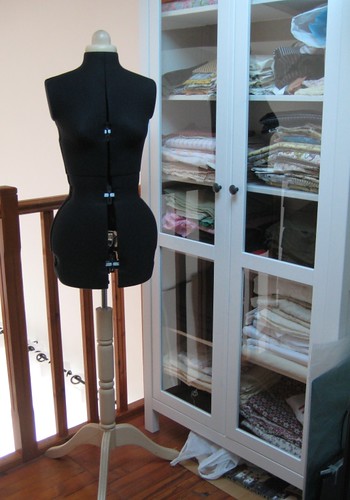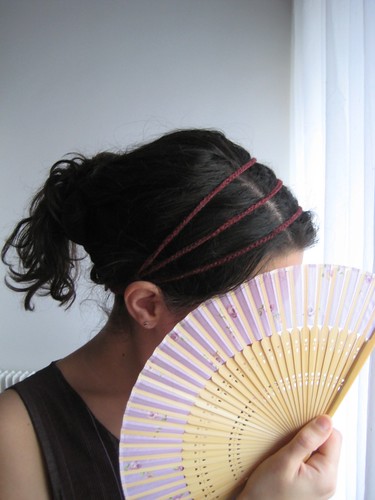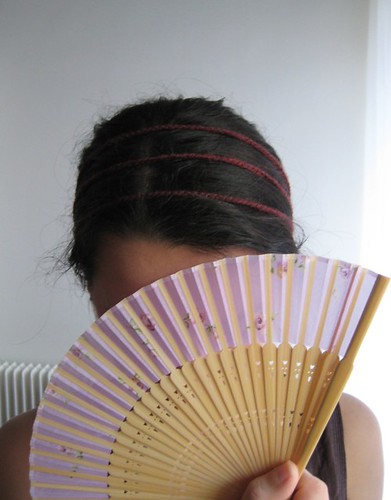I’m sorry for the unplanned break I took from blogging lately. I got overwelmed by all the things I had to do and couldn’t find time to write any posts. The end of May was really busy at work, plus I had to organize a few things and finish my “frankenstein” dress (which was ready on time), then I left for Bordeaux (south-ouest of France) for a few days to attend to my oldest friend’s wedding, came back to Paris with a cold that left me very tired, went to another wedding, prepared my other half’s birthday and finally took it easy for a week so that I could get some needed rest. But it is sad because there were quite a few things I wanted to share here, so I’ll have to catch up.
I have several garments to show you, some flee market finds that I have to share, my series on gathers to finish and a blog-anniversary to organize. Yes, this blog turned two at the busiest time so I couldn’t even write the tiniest post for the occasion. Since I didn’t do anything last year either, I’d like to do something nice this year. As soon as I get the time, I’ll set up a unbirthday party. ^_^ In the meantime I want to wish a very happy birthday to this tiny blog, and say a big thank you to all those who are ready it, be it followers or occasional readers. And please leave me comments when you stop by, I love them! ^_^


